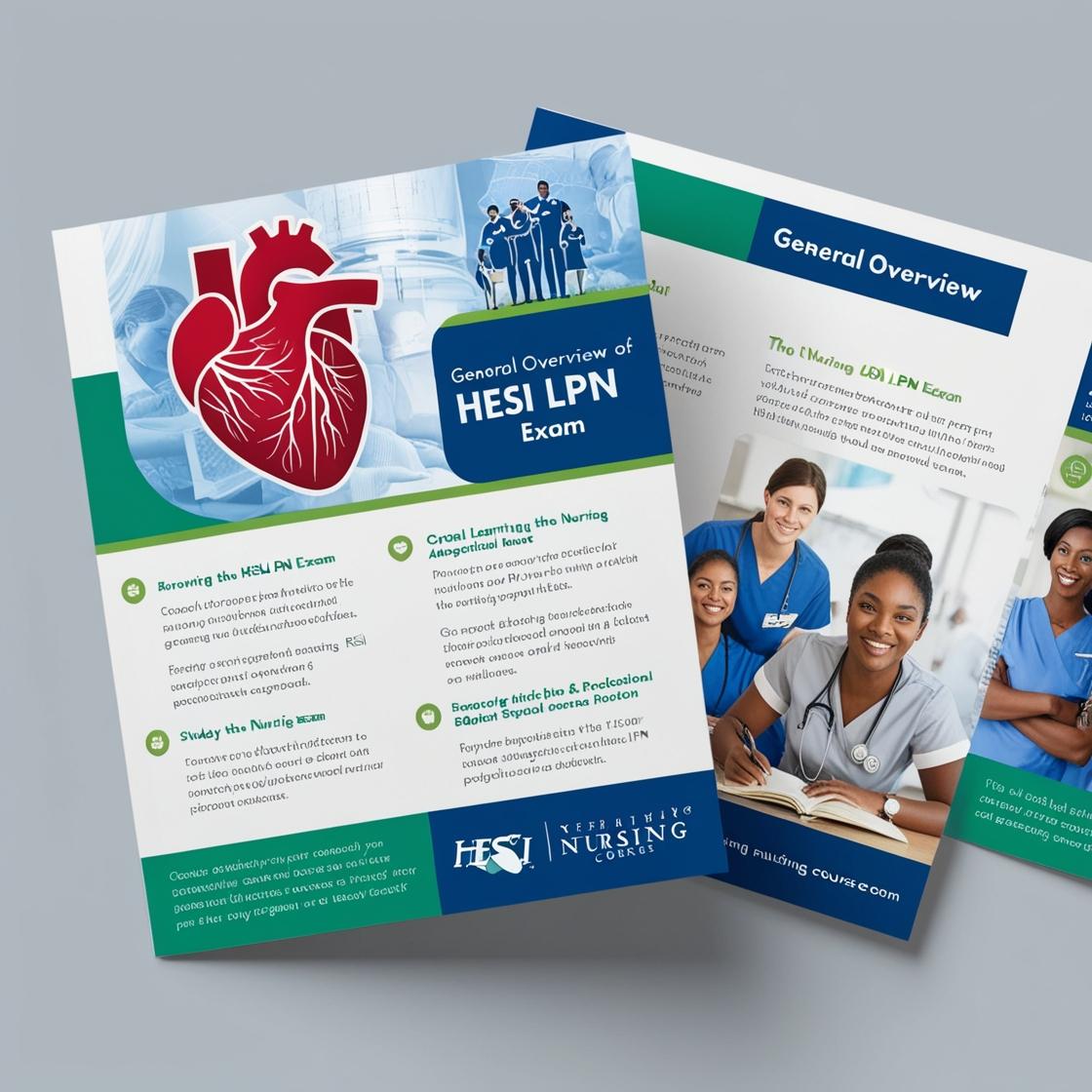HESI LPN
Nutrition Final Exam
1. What is the smallest amount of a nutrient that, when consumed over a prolonged period, maintains a specific function?
- A. nutrient allowance
- B. nutrient requirement
- C. nutrient tolerable limit
- D. nutrient adequate intake
Correct answer: B
Rationale: The correct answer is 'B: nutrient requirement.' The nutrient requirement refers to the smallest amount of a nutrient that, when consumed over a prolonged period, maintains a specific function in the body. This amount ensures the body's optimal functioning and health. Choice A, 'nutrient allowance,' is incorrect as it does not specifically refer to the minimum amount needed for bodily functions but rather suggests a broader term. Choice C, 'nutrient tolerable limit,' is incorrect as it pertains to the maximum amount of a nutrient that can be consumed without adverse effects. Choice D, 'nutrient adequate intake,' is incorrect as it refers to the recommended average daily intake level of a nutrient to meet the requirements of most healthy individuals.
2. What is an important nursing intervention for a child with a newly inserted central venous catheter?
- A. Regularly monitor for signs of infection
- B. Administer intravenous fluids only as ordered
- C. Restrict the child's movement
- D. Perform daily dressing changes only
Correct answer: A
Rationale: Regularly monitoring for signs of infection is a critical nursing intervention for a child with a newly inserted central venous catheter. This intervention is essential to detect any early signs of infection, such as redness, swelling, or drainage at the catheter site, which can lead to serious complications like sepsis. Administering intravenous fluids as ordered is important but not the most crucial intervention for a newly inserted central venous catheter. Restricting the child's movement is unnecessary unless specified by the healthcare provider. Performing daily dressing changes alone is not sufficient to ensure the catheter's integrity and the child's safety; monitoring for signs of infection is key.
3. What is a common side effect of the antibiotic tetracycline in children?
- A. Discoloration of teeth
- B. Increased appetite
- C. Elevated blood glucose levels
- D. Decreased bone density
Correct answer: A
Rationale: Discoloration of teeth is a well-known side effect of tetracycline, especially when administered to children below 8 years of age. Tetracycline can bind to calcium ions in developing teeth, causing them to become discolored and appear yellow or brown. Increased appetite, elevated blood glucose levels, and decreased bone density are not commonly associated with the use of tetracycline in children, making them incorrect choices.
4. What is the main purpose of the initial assessment of a child with a suspected fracture?
- A. To determine the type of fracture
- B. To check for potential complications
- C. To identify the cause of the injury
- D. To plan for long-term rehabilitation
Correct answer: B
Rationale: The main purpose of the initial assessment of a child with a suspected fracture is to check for potential complications, such as neurovascular impairment, and to ensure appropriate treatment. Choice A is incorrect because determining the type of fracture usually requires imaging studies like X-rays, which may not be part of the initial assessment. Choice C is incorrect because identifying the cause of the injury is important for the history-taking part but may not be the main purpose of the initial assessment. Choice D is incorrect because long-term rehabilitation planning typically occurs after the acute phase of fracture management.
5. How should a healthcare professional address the concerns of parents about their child’s developmental delay?
- A. Recommend immediate diagnostic testing
- B. Suggest waiting for natural development
- C. Provide information about early intervention services
- D. Advise on increasing physical activity
Correct answer: C
Rationale: When addressing concerns about a child's developmental delay, providing information about early intervention services is crucial as it can facilitate timely support and resources. This option helps parents understand the available support systems and interventions for their child. Recommending immediate diagnostic testing may cause unnecessary anxiety without first exploring other supportive options. Suggesting waiting for natural development could result in missed opportunities for early intervention that are crucial for improving developmental outcomes. Advising on increasing physical activity is not directly related to addressing developmental delays and does not address the core issue of developmental delay.
Similar Questions

Access More Features
HESI LPN Basic
$69.99/ 30 days
- 50,000 Questions with answers
- All HESI courses Coverage
- 30 days access @ $69.99
HESI LPN Premium
$149.99/ 90 days
- 50,000 Questions with answers
- All HESI courses Coverage
- 30 days access @ $149.99
